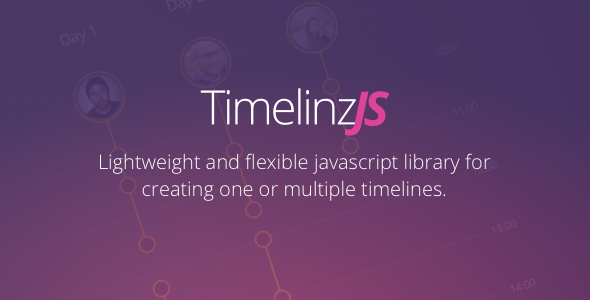

Opens a dialog for setting auto-key behavior.

You can see more information about using audio with animations in the Animation Interface topic. The Timeline has a toolbar directly below it. The Timeline adjusts to the frame range of the currently selected Action. Under Actions, select the required Action. Open the Animation toolbar on the left panel. If you want to fit the current Timeline range to the range of the animation in the current Action, you can also do the following: 1. If no Action is found, the Timeline is fit to the range of animation found in all items in the scene. If there are no channels or items selected, the Timeline is scaled to fit the range of the animation of the current Action.
Make timeline 3d widget full#
To return to full scene range, double-click the slider in the Timeline.

To set the current range to the animation range of all items in the scene, press Shift+ A. The Timeline range updates from the default frame range to the frame range of the selected channels or items. Note:To reveal the Track View, drag the top of the timeline upwards. Hover the mouse over the Timeline, Marker Row, or Track View (Dopesheet). Note:For more information on working with Actions, see Creating Actors, Actions, and Poses. Select your channels or items, or set the required action to current. You can fit the current Timeline range to the range of the animation belonging to: Dragging either of those handles adjusts the current frame range. In the gray bar directly below the Timeline, you see two handles indicating the current frame range. You can adjust the current frame range to concentrate on a specific interval without needing to preview the entire sequence. Modo indicates a fraction of the scene length by using the current frame range. You can indicate a different sequence length in the Scene Item's Properties panel as the Scene Range or in the Timeline's Settings dialog where you can specify Scene Start and End. The scene's frame range represents the length of the total sequence. A 12-second sequence requires 288 frames (12 s x 24 fps = 288 frames). By default, Modo displays 120 frames at the default frame rate of 24 frames per second (FPS) to show 5 seconds of time (120/24 = 5).įor longer or shorter sequences, you can adjust the length several ways. The Timeline itself represents a specified length of time, which is the result of dividing the number of frames by the frame rate. Keyframe positions show as white dots on the Timeline with the interpolated in-betweens indicated by a green line connecting the various keys. Additionally, you can set keyframes by clicking the far right column of the Channels Viewport or by selecting one or more channels in the Channels viewport and pressing the S key. You may also choose Animate > Auto Key to have Modo set keys automatically whenever you modify an attribute. You can also set keyframes by clicking any keyframing button under the Timeline. When set, the dot is red to signify the presence of a keyframe. Within a Properties viewport, each item attribute shows a dot that you can click to set a keyframe. Modo smoothly interpolates the in-between values. To animate any item over time, you only need to set a specific value at a point in time (known as a keyframe) and then move to a different point in time to set a new keyframe. Note:There is only one current time in an animation and modifying it in one viewport changes it in all viewports so that there can be no confusion. You can modify the current time position, which is represented by the white line and frame number, by dragging the white line left or right within the Timeline's numbered area. The Timeline, which usually appears below the main 3D viewport, looks like a ruler with lines that represent individual frames. In Modo, the chief function of the Timeline is to control time in an animation.


 0 kommentar(er)
0 kommentar(er)
